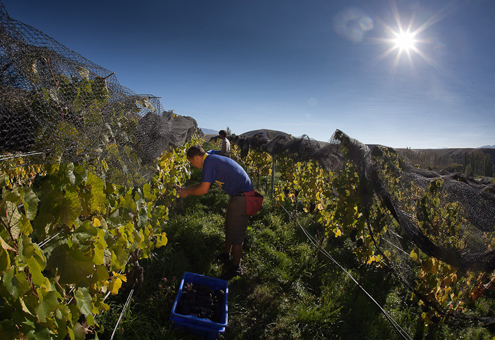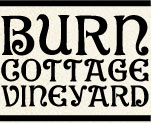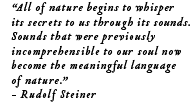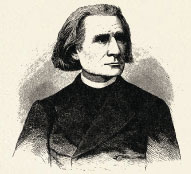The addition of Ted to the team brought someone with the practical knowledge of terroir winegrowing based on many years of experience in Burgundy, California and Oregon, someone with deep experience in not just winemaking, but in world class vineyard development.
Great wines are not made from fruit; they are born of the soils which nurture the vines. Unlike many new world producers, Burn Cottage Vineyard does not make wine from "fruit". Burn Cottage makes wines from vineyard blocks with individual character traits on an estate property.

The team recognizes that years of experience will be required to develop the full potential of the estate. Yet from day one the very highest standards have been applied to every aspect of vineyard development and to cellar practices. While Burn Cottage celebrates the diversity of wine styles around the world, the estate is a passionate believer that the true genius of any site can only shine through wines of balance, wines picked at balanced levels of potential alcohol, and which receive only judicious use of new oak and the application of minimal technology. Burn Cottage believes that the greatest expression of terroir is built upon the accumulated expertise of thousands of years of winegrowing world- wide and applied by those with a sense of humility and dedication to achieving the purest wines possible.
_Copyrightę 2012







